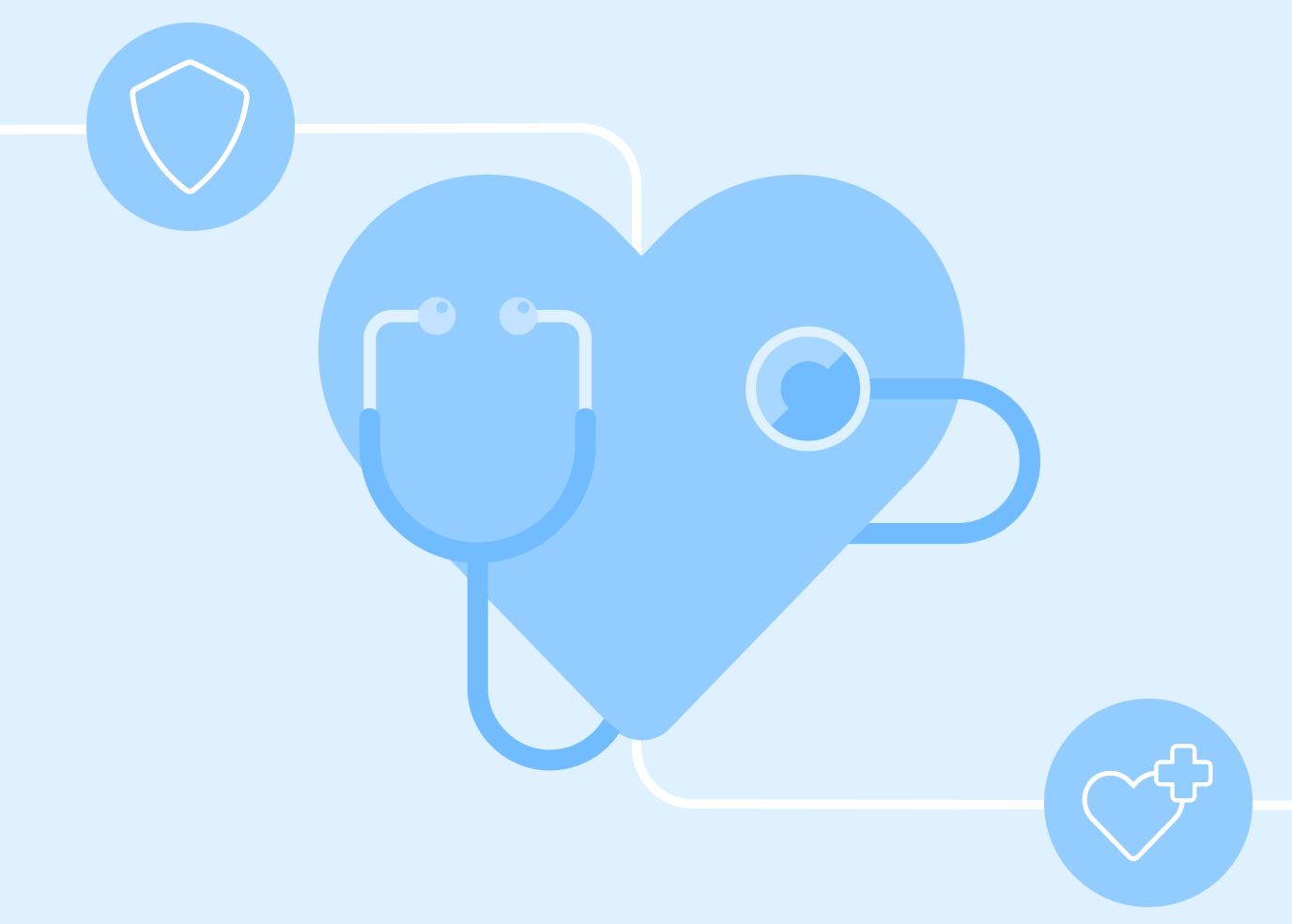When healthcare systems are driven by profit, prioritizing financial gains over patient well-being has unintended consequences. The focus on profit over patient experience often leads to shorter appointment times, increased pharmaceutical costs, and a perception of indifference from healthcare providers.
Ironically, profit-driven practices can sometimes undermine profitability by deterring individuals from seeking medical care. This blog focuses on a few easy strategies that can help you put the patient back into the center of what you do.
Impacts of prioritizing the patient experience
A patient-centered approach, encompassing various aspects of healthcare, not only improves individual well-being but also proves beneficial for the healthcare system as a whole, lowering costs and creating loyalty.
When patients feel valued and supported, they are more likely to attend appointments promptly, schedule follow-ups, and observe medical recommendations, reducing the likelihood of developing chronic illness and alleviating the strain on the healthcare system. Additionally, higher patient satisfaction results in lower malpractice risk, higher employee satisfaction, and lower workforce turnover. When employees work with happier patients, their overall job satisfaction also improves.
Key elements in centering the patient experience
The IOM (Institute of Medicine) highlights six key aspects of patient-centered care: respecting patients’ values and preferences, coordinating care effectively, providing comprehensive information and education, ensuring physical comfort, offering emotional support, and involving family and friends. Here are some simple strategies to address these areas effectively.
1. Clear communication
Improve communication by implementing frequent touchpoints within your workflows to keep patients informed about their care journey. Utilize various communication channels, such as text messages or email notifications, to share appointment reminders, test results, and important updates.
| Method | Communication Touchpoint Examples |
|---|---|
| After scheduling an appointment, send a confirmation email that includes details like the date, time, and location. | |
| SMS or Text | A patient receives a secure text with a link to an online portal before their appointment. |
| Closer to the appointment, follow up with a brief email outlining any preparations the patient needs to make, enhancing their understanding and readiness for the upcoming visit. | |
| Portal | Through this portal, they can review upcoming appointments or incomplete items and any documents that need updating or signature |
| Call | Provide an automated phone call reminder a day before the appointment to ensure patients do not miss their scheduled visit. |
2. Streamlining and reducing paperwork
Invest in a tool that integrates with your CRM, automatically prefilling patient information on forms and minimizing redundant paperwork. Provide an online portal where patients can securely complete forms before their visit, streamlining the check-in process and reducing the burden on both the patient and administrative staff.
Example: A patient receives a secure email with a link to an online portal before their appointment. Through this portal, they can review and update personal information, medical history, and insurance details. This reduces the time spent on paperwork during the actual visit, improving efficiency for both the patient and healthcare provider.
3. Empathetic language
Recognize that individuals seeking healthcare may be in pain or discomfort. Tailor communication appropriately. Train staff to use empathetic and patient-centric language in all interactions. Provide guidelines on adapting communication based on a patient’s situation, ensuring that questions and statements are considerate and compassionate.
Example: When following up with a patient who recently experienced a major injury, avoid generic satisfaction queries. Instead, ask questions like “Were you satisfied with the care you received during your recovery?” This shows awareness of the patient’s circumstances and fosters a more compassionate connection.
4. Provide resources
Create an easily accessible online resource hub containing information on insurance processes, billing FAQs, treatment plans, and additional support services. Ensure patients are aware of this repository and encourage its use.
Example: Include a link to the resource hub in appointment confirmation emails and on the clinic’s website. The hub can house informative videos, downloadable guides, and contact information for patient advocates, empowering individuals to navigate the complexities of healthcare more effectively.
5. Gather feedback
Acknowledging the importance of patient experiences, actively seek feedback to make patients feel heard. This practice not only enhances patient satisfaction but also demonstrates a commitment to continuous improvement.Implement regular surveys or feedback forms to collect insights from patients. Ensure that the feedback process is user-friendly, encouraging participation and providing patients with a platform to voice their opinions.
Example: Send a brief post-appointment survey via email or text, asking patients to rate their experience and provide comments on areas for improvement. Express gratitude for their feedback and share how their insights contribute to ongoing efforts to enhance the quality of care provided.
Learn more
A patient-centered approach not only enhances individual well-being but also contributes to a more efficient and sustainable healthcare system. By prioritizing clear communication, reducing administrative burdens, using empathetic language, providing resources, and actively seeking feedback, healthcare providers can create an environment that places patients at the forefront of their care.
To learn more about improving the patient experience and other strategies for improving healthcare data collection watch our webinar, The Prescription for Better Healthcare Collection on-demand.
